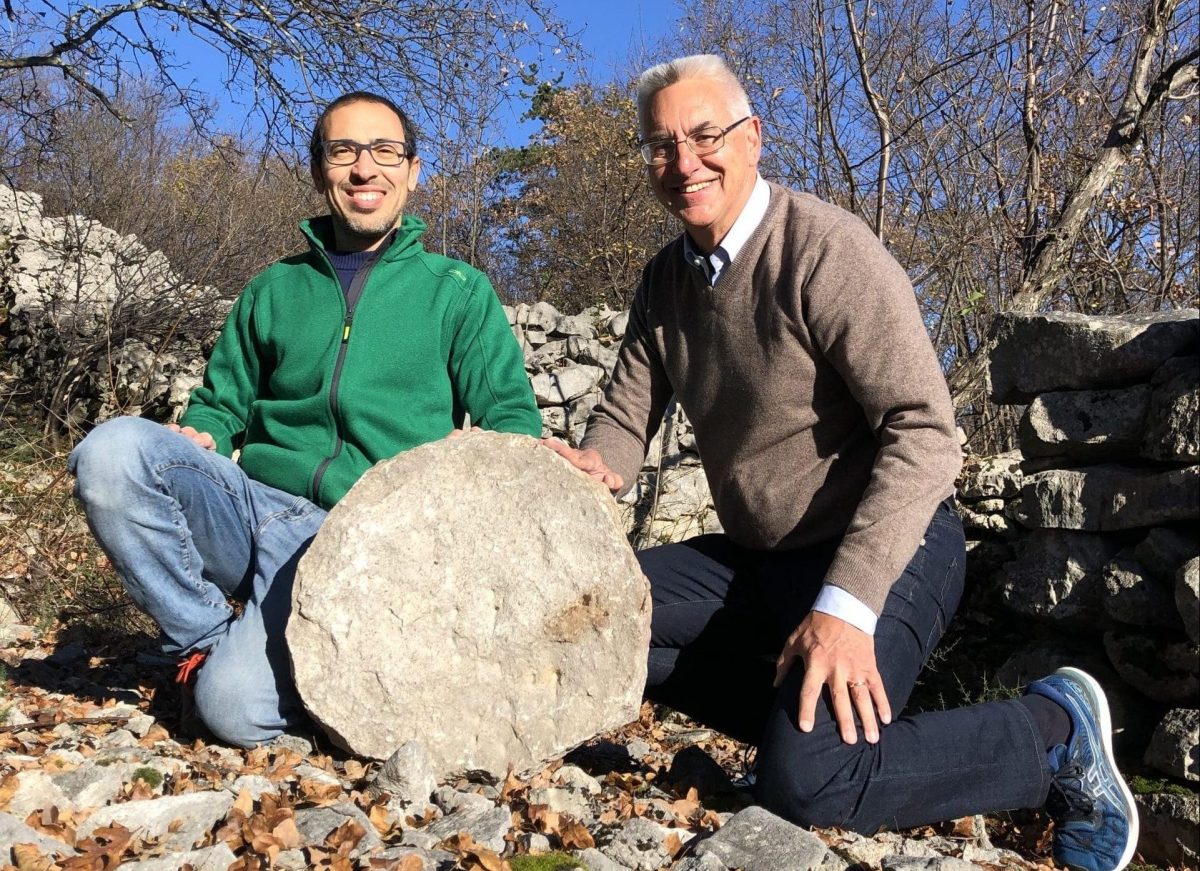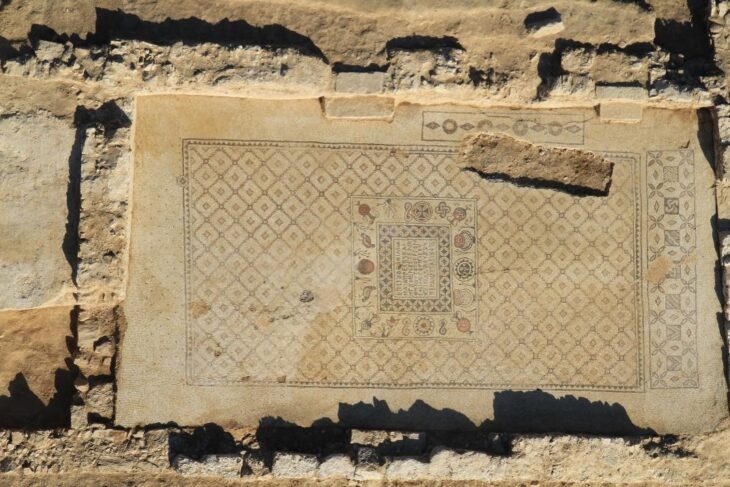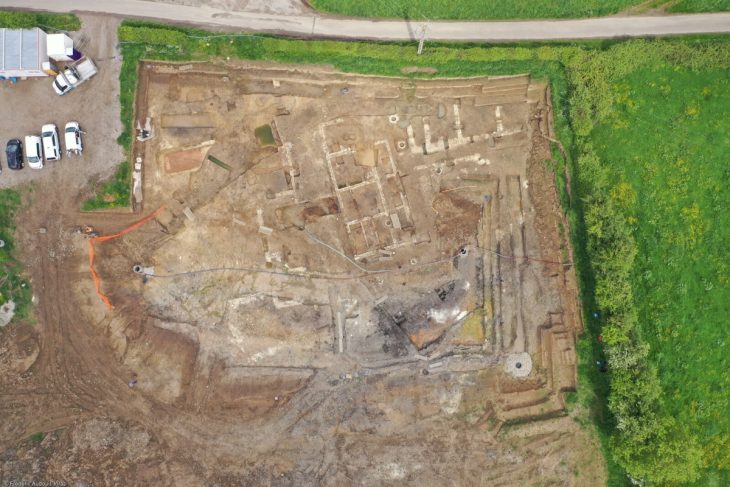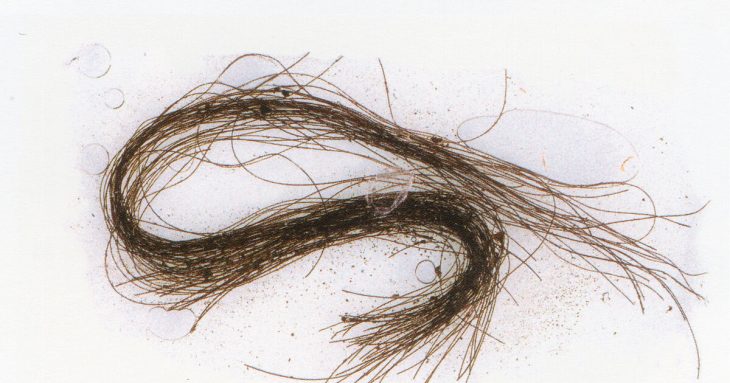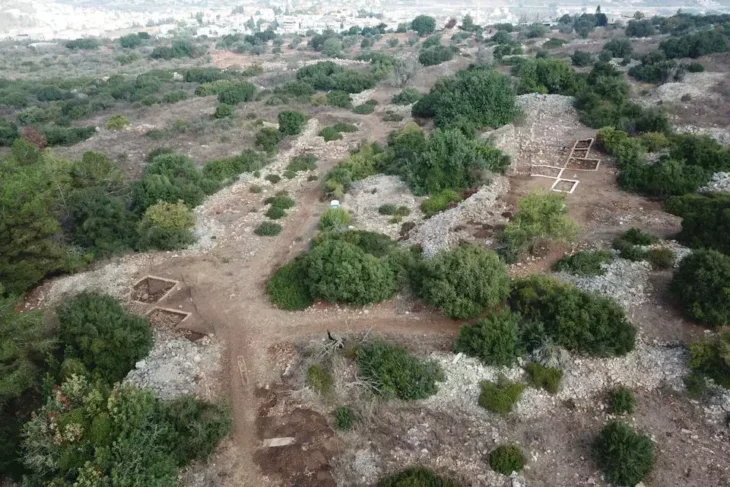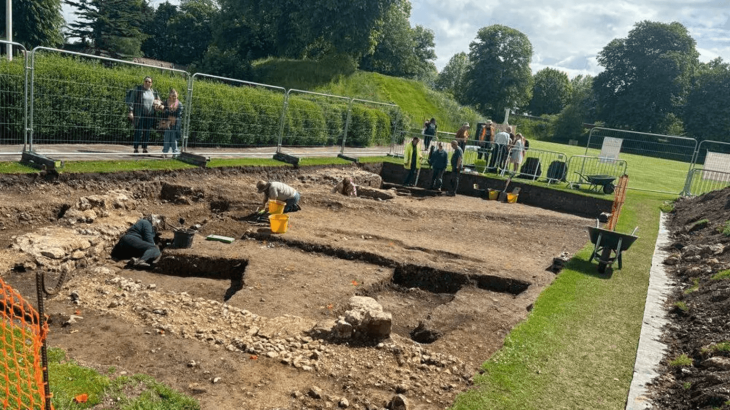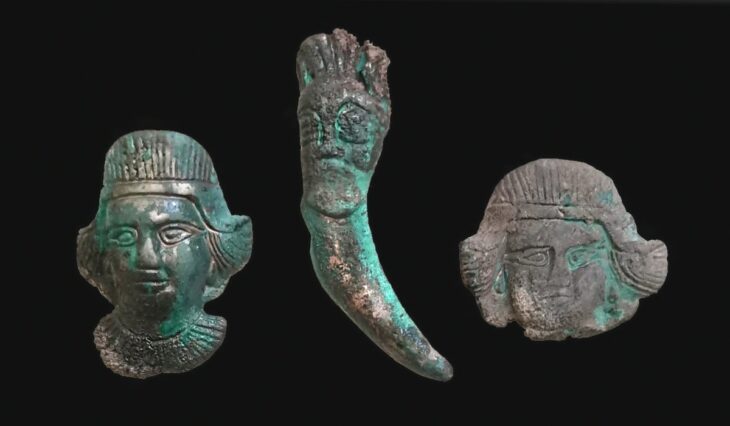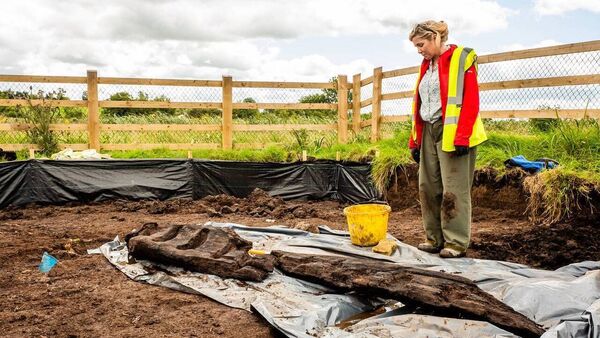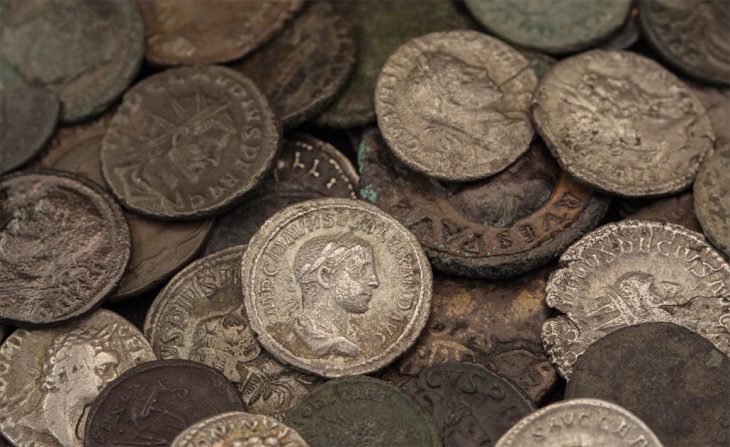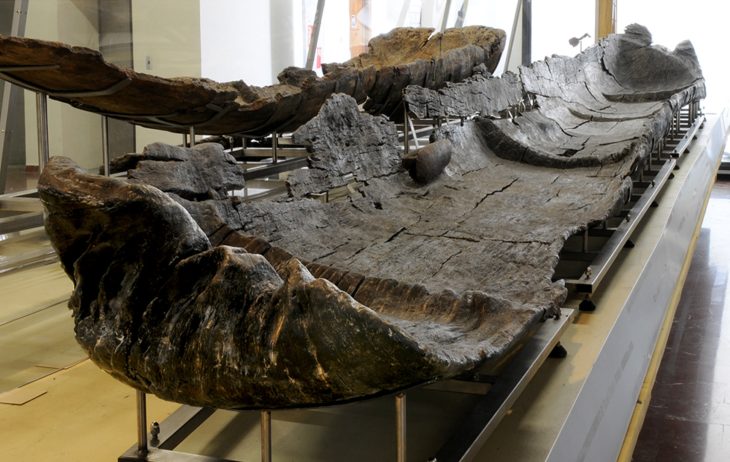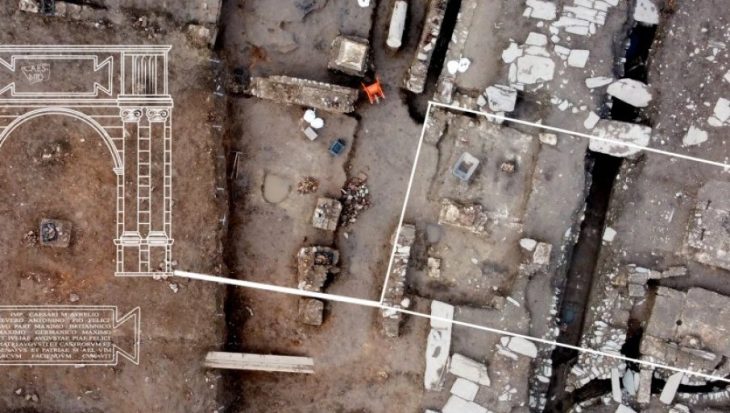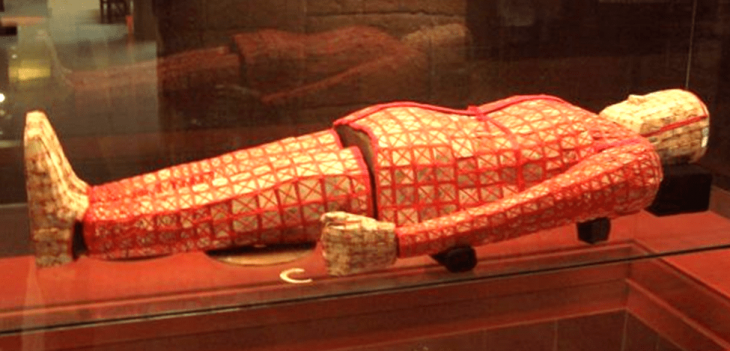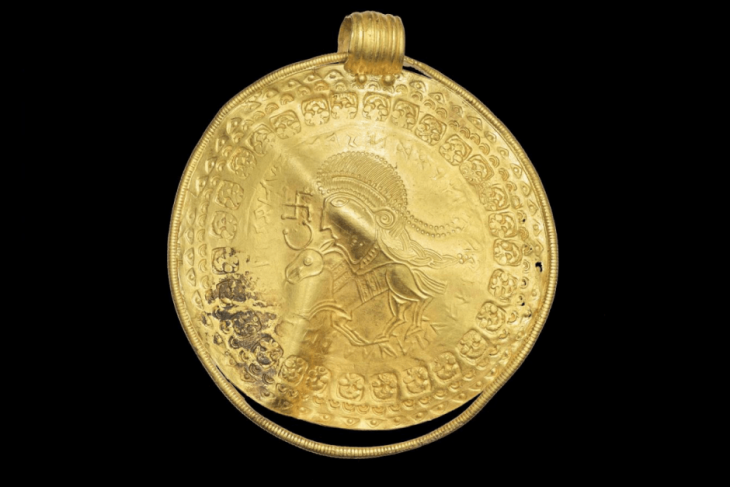Two circular stones measuring 50 centimeters in diameter have been discovered in Castelliere di Rupinpiccolo, an ancient hilltop fortress in the Italian province of Trieste, and one of them may be one of the oldest celestial map found in Italy.
The discovery was announced in a press release by the Italian National Institute for Astrophysics (INAF).
Castelliere di Rupinpiccolo is a defensive structure. Used as a fortification from an era between 1800 and 1650 BC. until 400 BC, that of Rupinpiccolo is one of the most important castles, as well as the first brought to light.
Among the many castles in the Karst area, that of Rupinpiccolo is one of the best preserved. It stands immediately outside the town, on a limestone hill, the top of which is enclosed by a wall 3-4 meters thick, but which in some places reaches up to 7 meters. The height has been preserved for a maximum of 3 meters, but originally it must have reached 7-8 meters.
Two large circular stones – two thick discs about 50 cm in diameter and 30 cm deep – were found near the entrance to the Castelliere and attracted the attention of archaeologists.
📣 Our WhatsApp channel is now LIVE! Stay up-to-date with the latest news and updates, just click here to follow us on WhatsApp and never miss a thing!!
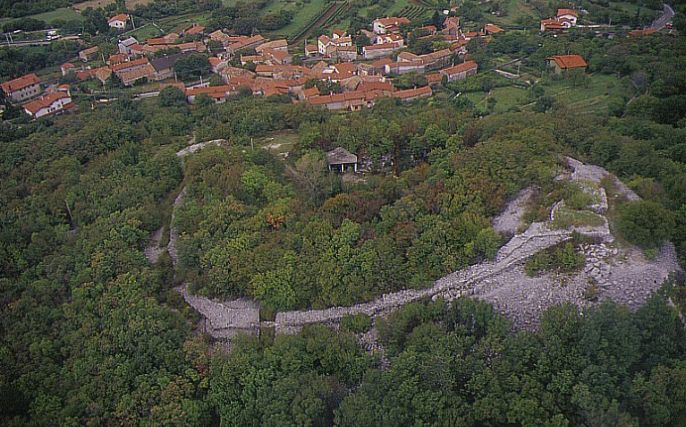
One of the stones, according to Paolo Molaro of INAF and researchers from Ca’ Foscari University of Venice and ICTP, is a representation of the sun, while the other is a carved celestial map dating from the 4th century BC.
The German astronomy journal Astronomische Nachrichten published a study about the stones, in which the study’s authors said the celestial map shows the sky above Rupinpiccolo some 2,500 years ago, making the discovery the oldest known One of the celestial maps laid out in Italy.
“I was contacted by Federico Bernardini, whom I didn’t know, telling me that he needed an astronomer”, Molaro said to Media Inaf, “because he seemed to have identified the constellation of Scorpio in a stone from the Carso. My first reaction was incredulity, given that the southern part of Scorpio is just above the horizon in our latitudes. But then, discovering that the precession of the equinoxes raised it by about 10-12 degrees and the impressive coincidence with the constellation, I began to delve deeper into the question… So I identified Orion, the Pleiades, and, in the back, Cassiopeia. All points present except one.”
29 engravings on the stone have been identified by the team, and they perfectly match the constellations of Cassiopeia, Orion, Scorpius, and the Pleiades. The researchers hypothesize that the carvings were probably created by the same person using a hammer and a crude metal chisel with a 6-7 mm tip based on the angle of the cut marks in the stone.
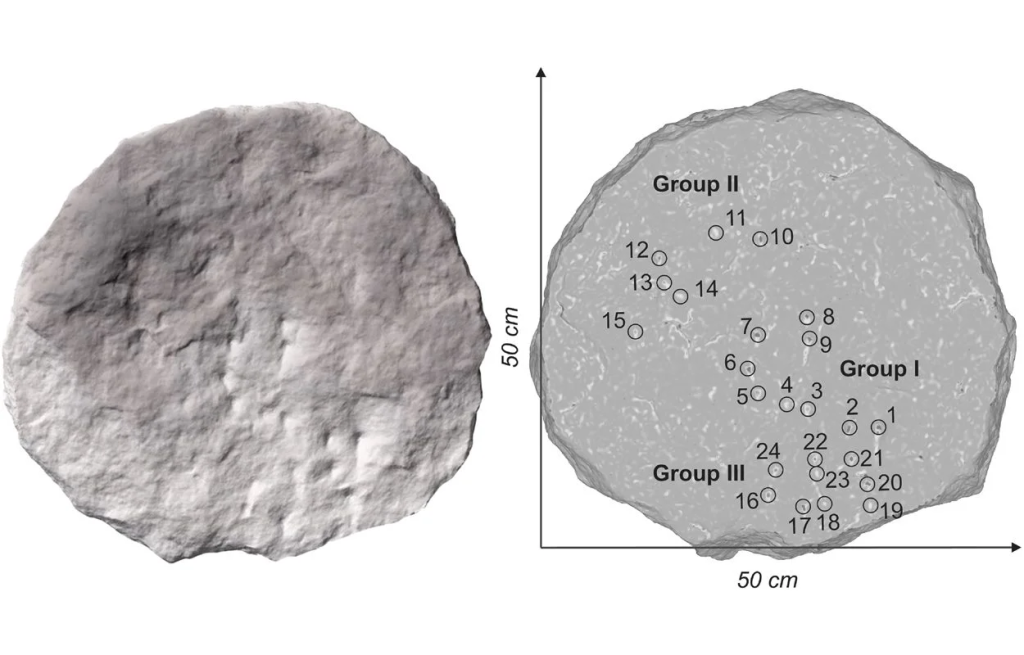
The researchers also used the program Stellarium to simulate the night sky because a star called Theta Scorpii was so low on the horizon in the 1800s BCE that it cannot be seen today.
But let’s get to the 29 signs. All but one are superimposable on the stars of Scorpius, Orion, the Pleiades and probably – also considering the 5 signs on the back of the stone – Cassiopeia. And it is an overlap with very high statistical significance, the authors specify: the p-value is much lower than 0.001. In other words, it is highly unlikely that the arrangement of those signs was purely the result of chance. Not only that: the deviations from the true positions are of the order of the size of the signs, demonstrating considerable care in the execution.
All except one, we said. But the 29th sign could also be there on purpose. The intruder could represent a supernova, the authors propose. Or a so-called “failed supernova”. So one of those objects that astronomers call transients: at a certain point they make their appearance, and then disappear again. If this were the case, researchers suggest, there could be a black hole there in that point of the sky today.
The Nebra disk, a bronze artifact from Germany that dates to approximately 1600 BC and has gold applications to represent the Sun, Moon, and Pleiades, is likely the oldest known representation of the night sky. However, it’s more of a symbolic representation than a true map. We have to go back to the first century BC for “faithful” maps, during which time maps were most likely derived from the 135 BC Hypparcos catalog.
Cover Photo: INAF

